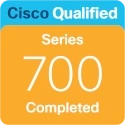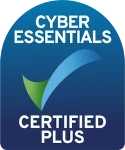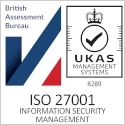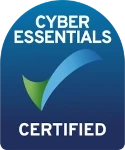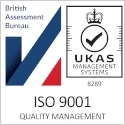15
+
YEARS OF
EXPERIENCE
1000
+
SUCCESSFUL
Projects
80
+
Satisfied
Clients
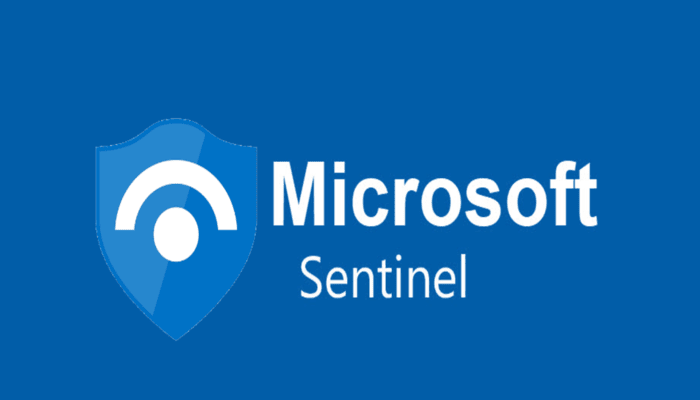
Maximizing SOC Efficiency with Microsoft Sentinel Best Practices
Microsoft Sentinel is a powerful and scalable Security Information and Event Management (SIEM) platform that offers advanced threat detection, proactive threat hunting, automated response capabilities, and intelligent security analytics. Leveraging Microsoft Sentinel for your Security Operations Center (SOC) can greatly enhance an organization’s ability to detect, analyze, and respond to security incidents in real time. However, to maximize the platform’s potential, it is crucial to implement best practices that ensure its efficiency, security, and scalability. For organizations in the UAE, where cybersecurity threats are rapidly evolving, understanding and implementing Microsoft Sentinel best practices is essential for staying ahead of attackers.
How to implement Microsoft Sentinel Best Practices?
Implementing Sentinel best practices involves a strategic approach to maximize Microsoft Sentinel’s capabilities for security information and event management (SIEM). Start by connecting all relevant data sources—such as Microsoft 365, Azure AD, firewalls, and endpoint security—using built-in connectors. Ensure data is normalized through the Common Event Format for consistency. Set up analytics rules to detect threats, and use automation playbooks (via Logic Apps) for quick response. Enable workbooks for visual insights and continuous monitoring. Implement role-based access control (RBAC) to ensure secure, compliant access. Regularly review incident reports, tune analytics rules, and maintain a threat intelligence feed. By aligning Sentinel with your organization’s security strategy, you can strengthen detection, investigation, and response across your cloud and on-prem environments.
Additionally, it’s important to ensure that only relevant and high-value data is ingested to avoid unnecessary noise and reduce costs. TechCloud IT Services L.L.C helps businesses in the UAE set up customized data collection configurations, ensuring that Microsoft Sentinel captures and processes the most critical data without overwhelming the system with irrelevant information.







Microsoft Sentinel Best Practices application
Another important best practice is to establish and fine-tune alert rules. Microsoft Sentinel is equipped with advanced analytics to detect potential security threats, but creating effective alert rules is essential for minimizing false positives and focusing on the most critical incidents. Fine-tuning alert rules involves specifying thresholds for various security events and configuring the platform to generate alerts for only significant anomalies or suspicious behaviors.
By defining these parameters carefully, organizations can avoid alert fatigue, which can overwhelm SOC analysts and lead to delayed responses to genuine threats. Additionally, alert rules should be continuously reviewed and updated as new attack patterns emerge or as the organization’s IT environment evolves. For businesses in the UAE, where cyber threats are becoming increasingly sophisticated, maintaining accurate and relevant alerts ensures that SOC teams are not distracted by noise but are focused on real and impactful threats. TechCloud IT Services L.L.C helps businesses optimize alert rules within Microsoft Sentinel, ensuring their SOC team receives only high-priority alerts that demand immediate attention.
SOC Best Practices
Discover top best practices for Security Operations Centers, including incident response, threat hunting, and optimization.Best Practices for High-Value SOC
Optimize high-value Security Operations Center with best practices for advanced security, threat analysis, and risk management.SOC Deployment Best Practice
Learn best practices for deploying a Security Operations Center to enhance security, efficiency, and system performance.
Automation is another critical best practice for optimizing Microsoft Sentinel. One of the platform’s standout features is its ability to automate certain tasks, including incident triaging, investigation, and response actions. By leveraging automation, organizations can significantly reduce response times and minimize human error. For example, predefined automated workflows can be configured to isolate compromised devices, block malicious IP addresses, or notify relevant stakeholders when a critical incident occurs.
Automating routine tasks frees up security analysts to focus on more complex, high-priority incidents and ensures that the SOC operates efficiently even during high-volume attack scenarios. In the UAE, where businesses are dealing with complex security landscapes, automation is crucial for ensuring that the SOC can respond quickly and accurately to emerging threats. TechCloud IT Services L.L.C helps businesses implement automation rules within Microsoft Sentinel, streamlining their SOC operations and improving response time.
Partner with TechCloud IT Services L.L.C
In conclusion, implementing Microsoft Sentinel best practices is crucial for organizations looking to optimize their SIEM operations and strengthen their overall cybersecurity posture. These best practices include proper data collection, alert rule fine-tuning, automation, threat intelligence integration, effective incident investigation and response, monitoring, user access management, and continuous review.
By following these best practices, organizations can ensure that Microsoft Sentinel is not only effectively detecting and responding to threats but also operating efficiently and in alignment with their specific security goals. For businesses in the UAE, TechCloud IT Services L.L.C offers expert guidance in implementing these best practices, ensuring that Microsoft Sentinel delivers the maximum value and protection against evolving cyber threats.

answer time
satisfaction
score
on initial call
same business
day


